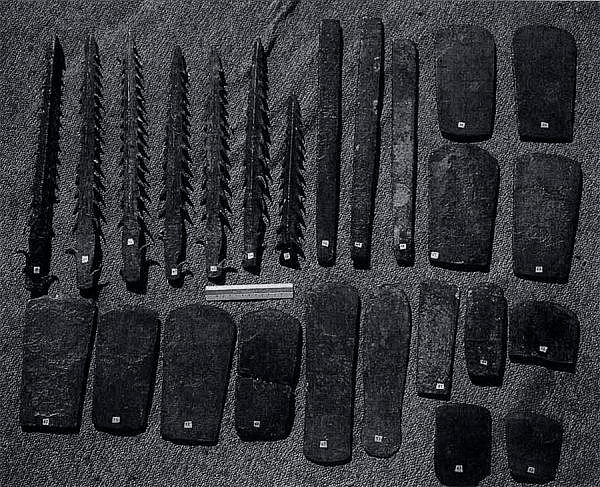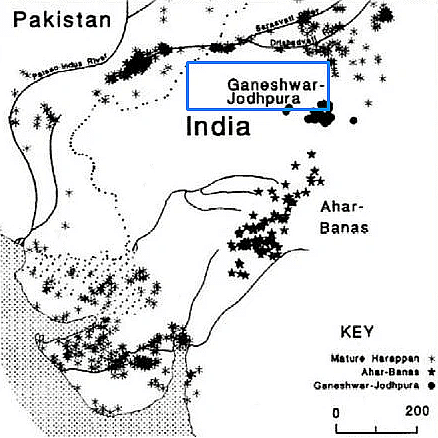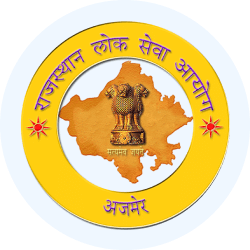RPSC RAS (Rajasthan) Exam > RPSC RAS (Rajasthan) Notes > Course for RPSC RAS Preparation > Ochre-Coloured Pottery (OCP) Culture
Ochre-Coloured Pottery (OCP) Culture | Course for RPSC RAS Preparation - RPSC RAS (Rajasthan) PDF Download
OCP Culture of Rajasthan

- The Ochre Colored Pottery or OCP culture is defined by the type of similar Ochre Pottery found at different sites. In 1951, B.B. Lal carried out small digs at Bisauli and Rajpur Parsu villages in Bijnor district of Uttar Pradesh at spots where copper hoards had reportedly been discovered earlier. While B.B. Lal did not find any new copper objects, he came across weathered ochre-coloured pottery (OCP), and on that basis he suggested a probable correlation between the hoards and this pottery. Since then as many as 950 sites of OCP culture have been discovered from the different parts of western Uttar Pradesh, Haryana and Rajasthan.
- Further, because of their discovery in groups, they have also been labelled as Copper Hoard Culture.
- The highest number of the OCP sites in Rajasthan are found in the district of Sikar followed by Jaipur, Jhunjhunu, Alwar and Bharatpur.
Features of OCP Culture
- The hoards comprise a variety of objects like flat axes with splayed sides and convex cutting edges, shouldered axes, bar celts, double-edged axes and antenna-hilted swords.
- The pottery is ill-fired, ochrish red in colour, and heavily weathered, with the slip peeling off. The shapes comprise storage jars, vases, basins, bowls, dishes-on-stand and miniature pots; they are considerably similar to the Harappan pottery shapes.

- Occasionally the pottery is decorated with incised designs, graffiti and paintings in black pigment.
- OCP settlements are small in size and have thin habitation deposit. This indicates that habitation on them was of short duration. Because of the small size of excavations very little is known of the economy and material culture associated with this pottery.
- Evidence was found regarding cultivation of rice and barley, domestication of cattle, rammed earth floors, post-holes, baked and unbaked bricks, terracotta human figurines and bangles, and beads of stone and bone
Important Sites of OCP Culture
In Rajasthan, Ochre Colored Pottery sites have been discovered at:
- Ganeshwar (Sikar)
- Jodhpura (Jaipur)
The document Ochre-Coloured Pottery (OCP) Culture | Course for RPSC RAS Preparation - RPSC RAS (Rajasthan) is a part of the RPSC RAS (Rajasthan) Course Course for RPSC RAS Preparation.
All you need of RPSC RAS (Rajasthan) at this link: RPSC RAS (Rajasthan)
Related Searches

















